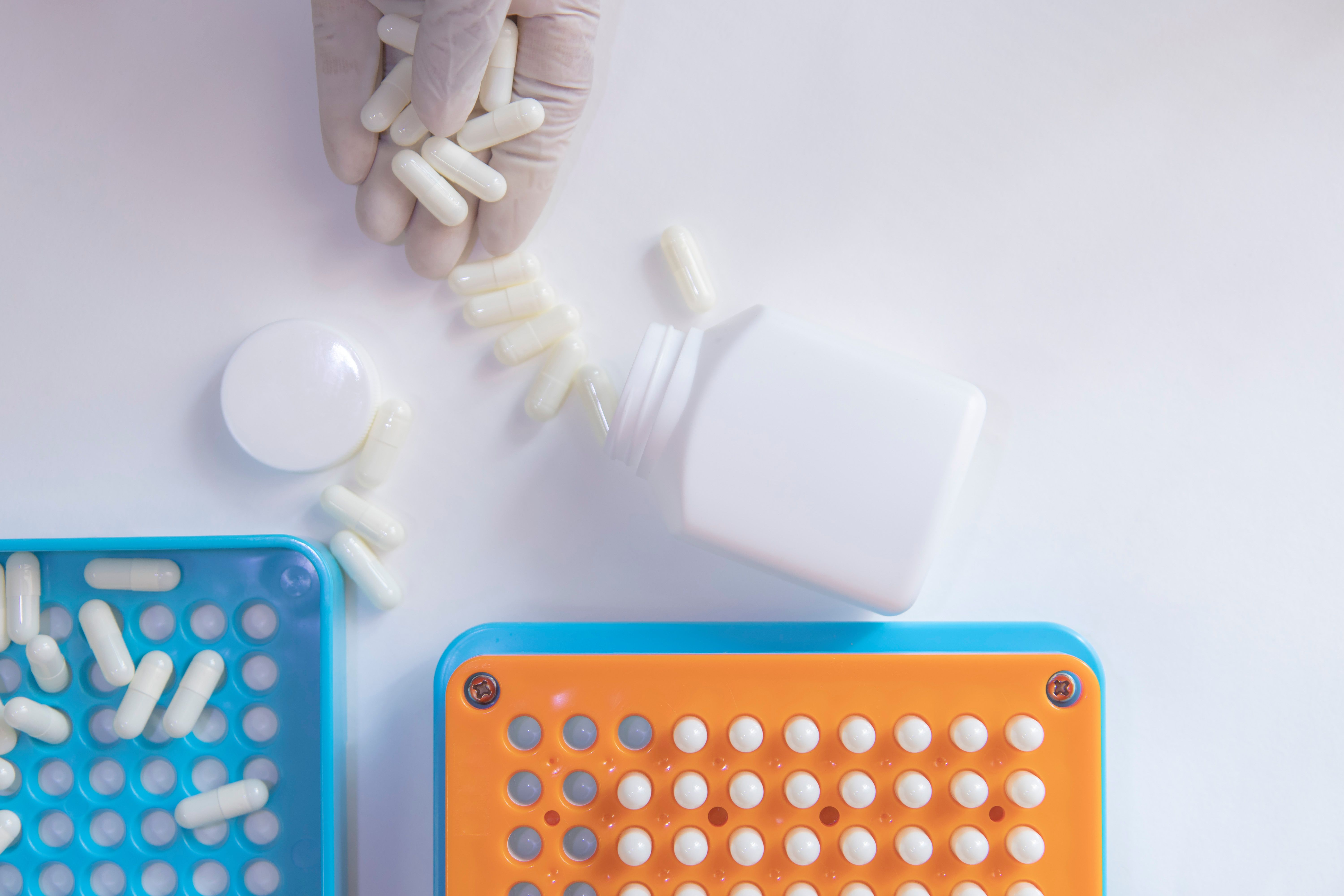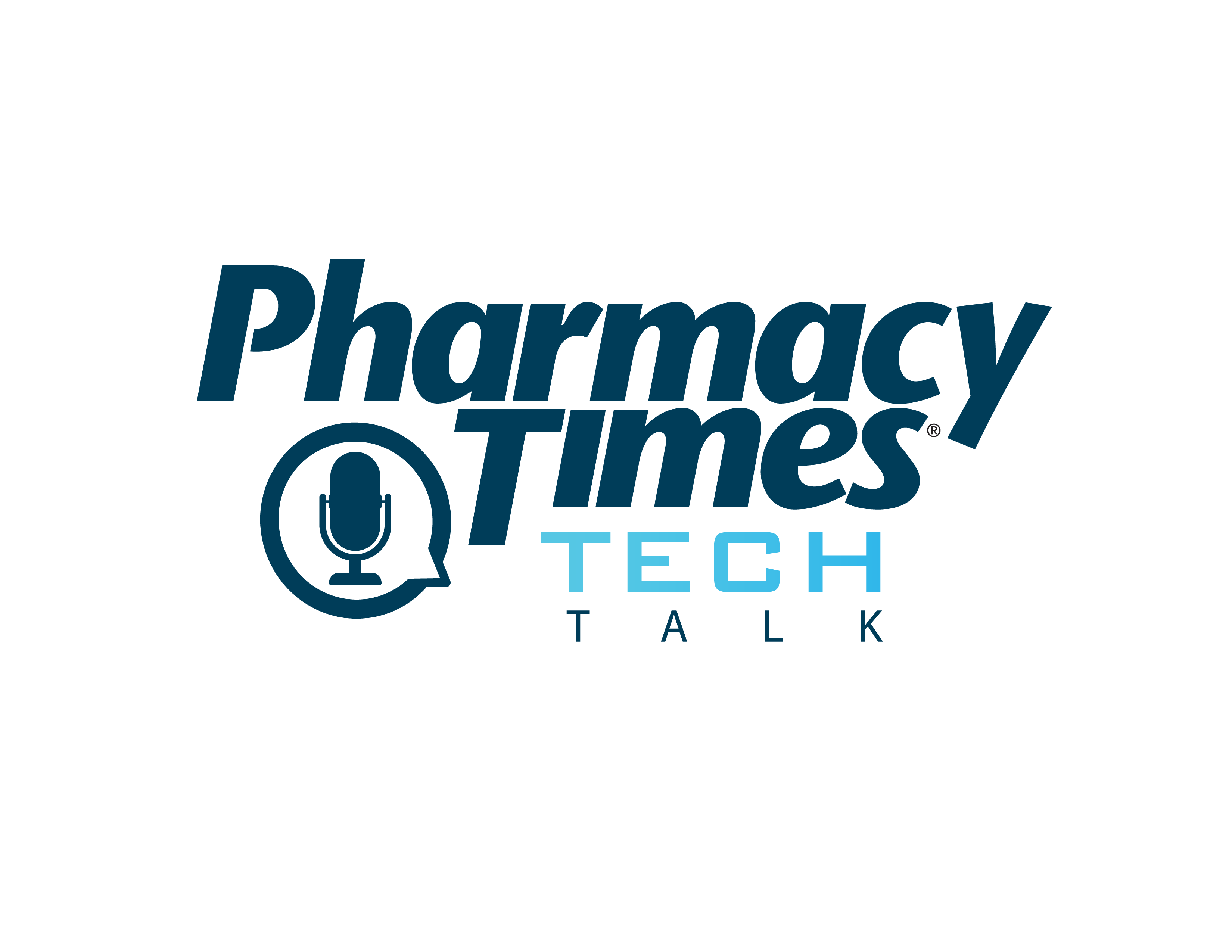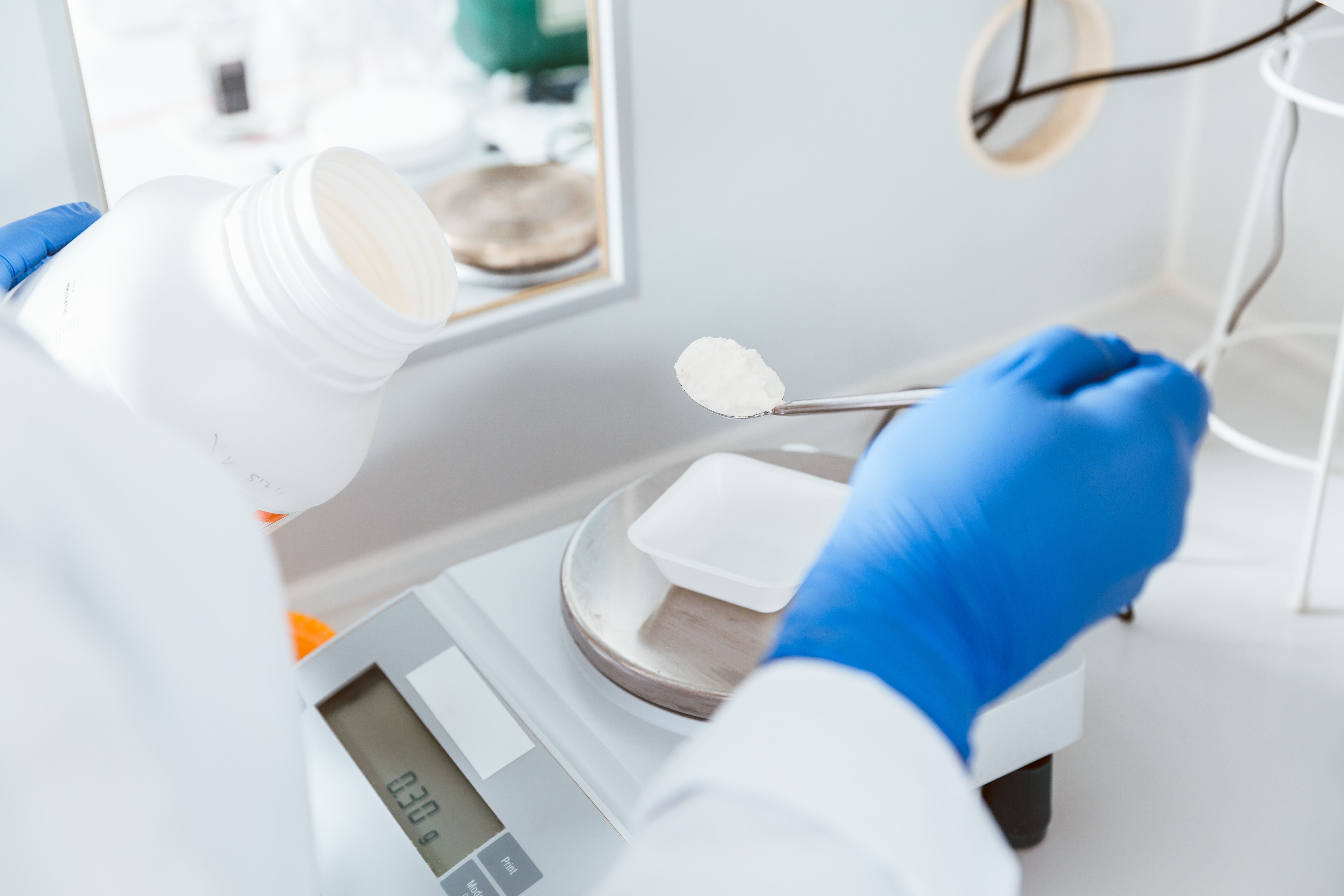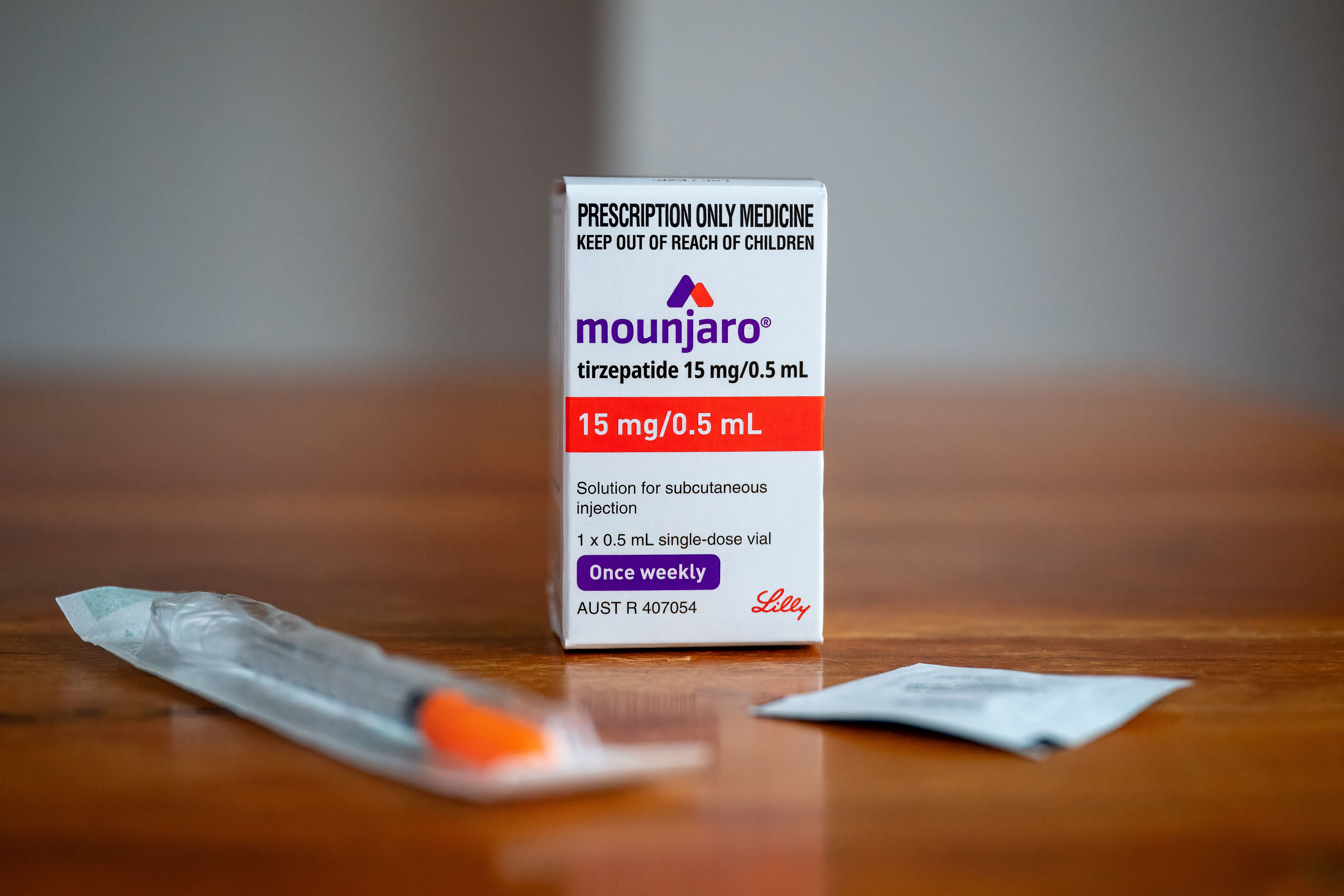Feature
Article
Pharmacy Technicians as Non-Pharmacist Preceptors for a Sterile Compounding Rotation
Author(s):
Key Takeaways
- Pharmacy technicians can enhance pharmacy residents' skills and their own professional development by serving as non-pharmacist preceptors in sterile compounding rotations.
- ASHP standards currently do not list pharmacy technicians as non-pharmacist preceptors, but their expertise offers significant value to residents' training.
Recognizing pharmacy technicians as non-pharmacist preceptors can provide an opportunity for professional development while encouraging technicians to practice at the top of their education and training activities.
Pharmacy technicians are an imperative facet of the health care team and advancing their roles can encourage them to practice at the top of their education and training activities. Pharmacy technicians training pharmacists is a concept that has much utility to increase the practical skills of a pharmacist, while also enhancing the pharmacy technicians’ professional development. However, this concept is not well defined in practice or automatically incorporated into new practitioner training modalities.
This manuscript will describe efforts to implement inpatient pharmacy technicians as non-pharmacist preceptors during a longitudinal sterile compounding rotation for postgraduate year 1 acute care pharmacy practice residents at an academic medical center. The sterile compounding rotation is a half day, once-a-week rotation for 6 months where residents assume the role of a sterile compounding pharmacist and oversee the preparation of compounded sterile preparations while working in collaboration with their preceptor. In addition to having pharmacist preceptors, inpatient pharmacy technicians train the residents throughout the rotation to help build their skill set and confidence as the rotation progresses. Since the launch of the sterile compounding rotation in 2023, pharmacy technicians have been involved with training the residents in sterile compounding activities.
Professional in sterile laboratory. Image Credit: © David - stock.adobe.com

According to the American Society of Health-System Pharmacists (ASHP) Accreditation Standard for postgraduate pharmacy residency programs, non-pharmacist preceptors can be utilized as resident preceptors so long as specific requirements are met.1 Non-pharmacist preceptors listed in the standard include physicians, certified advanced practice providers, and physician assistants. Notably, pharmacy technicians are currently not listed as an example of a potential non-pharmacist preceptor colleague. However, pharmacy technicians’ perspective and training provide immense value to the resident’s professional development and they should be considered for the role of a non-pharmacist preceptor as outlined in the ASHP standard.
In order to satisfy the current standards for non-pharmacist preceptors, the resident must be assessed by the residency program director and preceptors to determine that the resident can practice with autonomy and independence. Activities for the non-pharmacist preceptor are set forth in educational activities designed by the primary preceptor that are in line with helping the resident achieve educational objectives for the sterile compounding rotation.2 While the primary pharmacist preceptor is listed on the learning experience description in PharmAcademic and documented feedback is provided in both the midpoint and final evaluations, these assessments also reflect input from the non-pharmacist preceptors.A qualified pharmacist preceptor oversees any learning experiences provided by the non-pharmacist preceptors and serves as a resource to both the non-pharmacist preceptors and resident. Additional requirements include documenting non-pharmacist preceptors in the resident learning experience and selecting educational activities that coincide with learning objectives that are within the scope of the non-pharmacist preceptor’s expertise.
Sterile compounding is a practice area where pharmacy technicians can teach pharmacy residents and assess their skills as the rotation progresses. Pharmacy technicians are experts at performing aseptic manipulations of compounded sterile preparations (CSPs) and pharmacy residents’ understanding of how to compound orders and triage technician workload can aid in understanding the medication use process and providing direct oversight of sterile compounding areas. Pharmacy technicians teaching residents also expands the technician’s professional development in building confidence in their own practice area.
In the Inpatient Pharmacy Department at UC San Diego Health, there are currently 3 technicians involved with training residents taking the sterile compounding rotation. Two colleagues are highly skilled in sterile compounding and staff cleanroom shifts most days of their fulltime workweek. Another technician colleague is well versed in parenteral narcotic distribution for all areas of our health-system and procedural areas. Each technician trainer is methodically scheduled with the sterile compounding resident based on availability and additional topic discussions are coordinated with the primary preceptor. This coordination allows the resident to build rapport with technicians over time while developing their skills as a sterile compounding pharmacist.
In order for residents to be paired appropriately with non-pharmacist preceptors, educational activities were built out into a training matrix for the technicians to use throughout the rotation to help ensure that educational objectives for the resident could be documented and evaluated. In terms of aseptic manipulations, initial resident skill building concepts were based on a compounding training assessment program developed by Penzien et al.3 The program elements for training were modified based on CSPs commonly prepared in our cleanroom suite. Elements of the technician training matrix for educational activities and workflow training teaching points are listed in Table 1.

Recognizing pharmacy technicians as non-pharmacist preceptors in a sterile compounding rotation can advance pharmacy technicians in their role as sterile compounding experts. Other implications include expanding non-pharmacist preceptor technicians in other roles such as transition of care rotations and other practice areas where technicians interact with pharmacy residents. Since non-pharmacist preceptors are not required to meet preceptor requirements or complete an academic and professional record form, it is plausible that a pharmacy technician could assume the role of a non-pharmacist preceptor if the aforementioned criteria are met.
REFERENCES
ASHP Accreditation Standard for Postgraduate Pharmacy Residency Programs. 2024. Accessed April 22, 2025. American Society of Health-System Pharmacists. www.ashp.org/-/media/assets/professional-development/residencies/docs/examples/ASHP-Accreditation-Standard-for-Postgraduate-Residency-Programs.pdf
Jaskowiak, JM. Implementing a longitudinal sterile compounding rotation for pharmacy residents. Pharmacy Practice in Focus: Health Systems. 2024:13(4).
Penzien, CE et al. Development of a sterile compounding training and competency program at a large academic medical center. Am J Health Syst Pharm. 2020;77(24):2089-2100. doi:10.1093/ajhp/zxaa326





